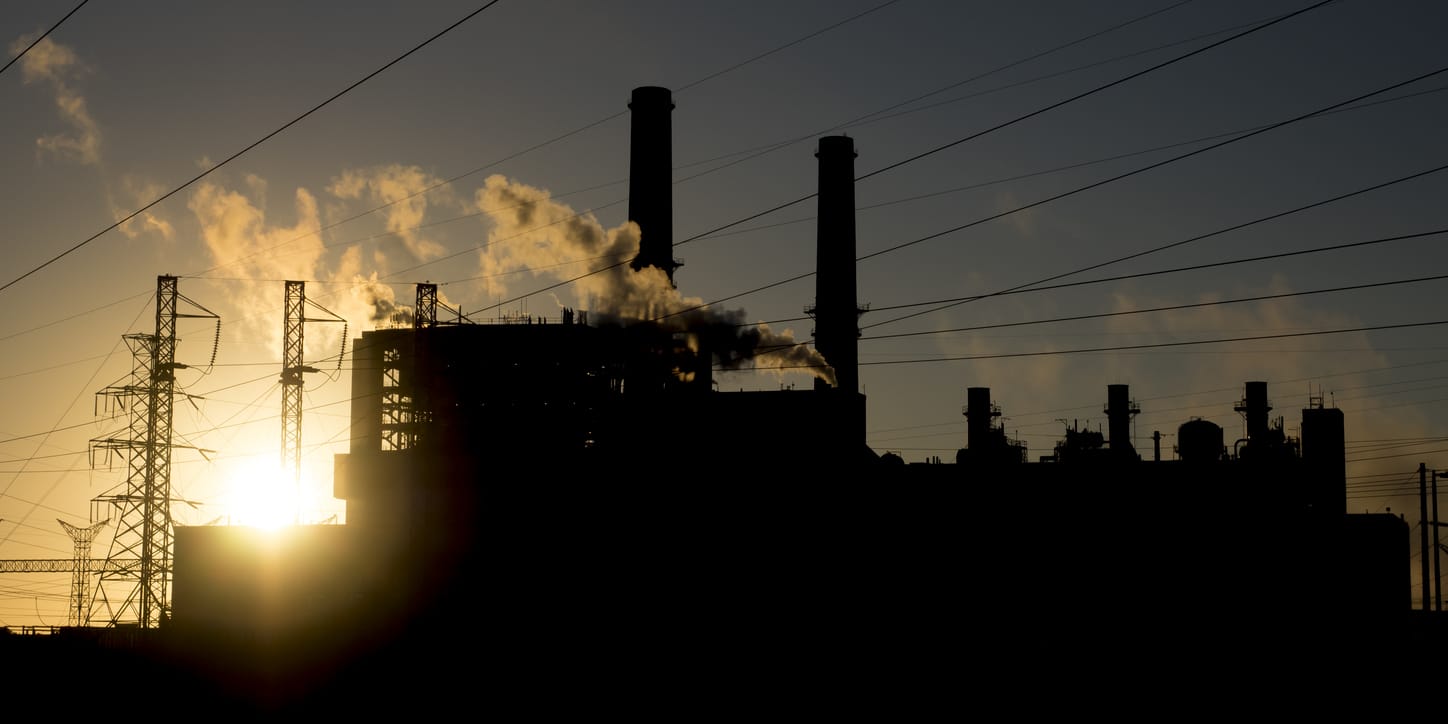A new industrial revolution is underway. Can states seize the moment?

Amidst the pastoral expanses of northeast Louisiana, the emblem of a new economic revolution is set to take shape. In rural Richland Parish, with a population of roughly 20,000, Meta is set to build a $10 billion data center that CEO Mark Zuckerberg suggests could build out to the size of Manhattan Island. Among Meta’s 28 data centers worldwide, it will be the biggest.
Meanwhile, in Pennsylvania, President Trump in July announced more than $92 billion in new data centers and related energy investments from entities like Google, Blackstone, and CoreWeave. This comes on top of another $20 million in data center investments from Amazon, announced in June. The investments in Pennsylvania alone top $100 billion.
Amazon is also investing heavily in Indiana, where it’s massive, $11 billion St. Joseph County data center will represent the biggest capital investment in the state’s history. And in Utah, rural Millard County could soon be home to what is being touted as the largest data center campus on Earth. The development would swell the local tax base to several times its current size.
But among all these billions, only a portion is going into the data centers themselves. Much of it is instead going into new energy capacity. For instance, of the $92 billion announced in Pennsylvania, $56 billion will go into energy infrastructure. In short, meeting the new demands from artificial intelligence is not just a matter of adding processing power and storage capacity. It is a major energy sector driver.
If you’re not careful, decline can come rapidly.
By 2030, data center electricity consumption is set to double, with AI expansion being the biggest factor (along with the expansion of cloud computing, online services, etc.). Some of the largest AI-focused data centers might consume the same amount of electricity as 2 million households. To put that in perspective, this exceeds the number of households in most states.
What we are confronting is akin to the industrial expansion that occurred after World War II. The U.S. ramped up its capacity to produce and took the leading role in post-war industrialization worldwide. This occurred through economic freedom, competition, innovation, and productivity. For the U.S. to ride today’s wave, we will once again have to adhere to that same spirit. And from a policy standpoint, that will require:
- Planning realistically for future power grid demands.
- Smoothing out interstate permitting challenges for energy transmission line projects.
- Addressing state and local permitting delays around data centers themselves, including bureaucratic red tape pertaining to environmental impacts.
- A rethinking of ill-informed “green” energy policies that thwart power grid reliability in exchange for negligible environmental benefits.
- State and federal political will to move away from playing favorites in the energy supply arena.
- Openness to permitting new energy technologies, such as small-scale nuclear and site-specific geothermal power.
Some might question, from an environmental standpoint or out of fear of AI, why state policymakers should work to accommodate these infrastructure investments. This is akin to the attitude the South took in the 1800s, when it largely resisted industrialization and urbanization out of a preference for a utopian agrarian vision. The economic consequences were far-reaching.
Indeed, the consequences of a failure to innovate, compete, and produce can be seen at a glance in the European Union. As a whole, the 27-nation union’s economy has grown at a snail’s pace (a 14% GDP increase from 2008 to 2023) compared to the U.S. (an 87% increase). Today, the GDP per capita in the EU is only half that of the U.S. The poorest state in the U.S., Mississippi, has both a higher average income and a higher per capita GDP than almost every EU nation. The EU’s failure to compete and innovate is so clear that even the European Commission itself has acknowledged it. If you’re not careful, decline can come rapidly.
Whether you love the potential of AI or fear it, the fact remains: Trillions of dollars are flowing through the world economy to build out data centers, and those data centers require energy. Smart state policymakers will look for ways to get a good slice of the pie.
Peter Reichard is chief development officer at the Sutherland Institute in Utah. He has served as a public policy organization executive and researcher for more than 20 years.



